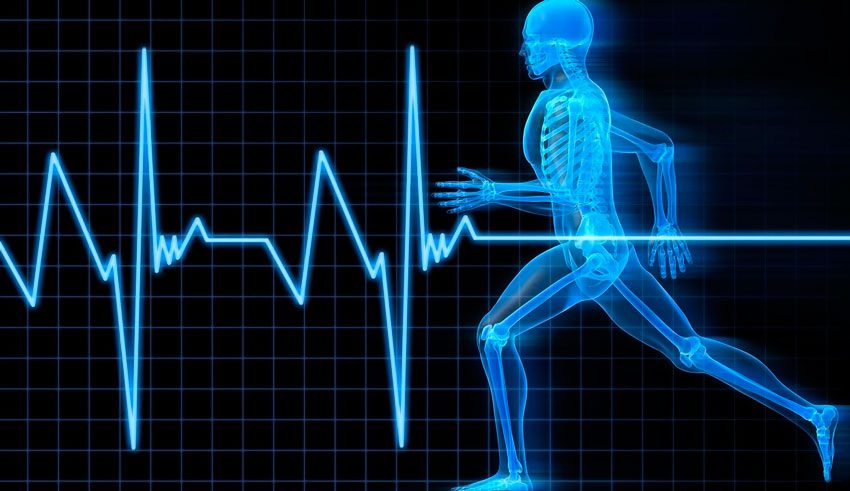
Monitoring your heart rate while exercising is one of the best ways to monitor the intensity of your workout. Most athletes train specifically with a heart rate monitor, which is optional. It is enough to use a simple stopwatch or monitor the heart rate by the clock in the gym. What the athlete uses when measuring the heart rate (HR) does not really matter, it is much more important what the pulse should be in training.
How to calculate a safe heart rate for sports
The generally accepted calculation formula is to find the lower and upper limits of the heart rate. This means that training is effective, during which the heart rate is within the boundaries of these two marks – heart rate indicators.
The lower limit is calculated as follows: the age of the athlete is subtracted from the number “200” and multiplied by the indicator “0.6”. If the training athlete is 25 years old, then there are 105 beats per minute. Exercising when the heart rate is below this value is not recommended, since the benefits of training will be minimal.
of the athlete is subtracted from the number “200” and multiplied by the indicator “0.6”. If the training athlete is 25 years old, then there are 105 beats per minute. Exercising when the heart rate is below this value is not recommended, since the benefits of training will be minimal.
The upper limit is calculated using a similar formula. The difference is that instead of “0.6”, the coefficient “0.8” is used, that is, for a 25-year-old athlete, this figure is 140 beats per minute. It is not recommended to go beyond the upper limit of the heart rate, as this leads to an increase in the load on the heart muscle.
Athletes do not always take into account the coefficients when finding the upper and lower limits, since they prefer to exercise to the maximum. They train to the limits of 170 to 180 beats in 60 seconds, even taking into account that this is much higher if you subtract their own age from the maximum allowable indicator of 220. And if the pulse reaches such limits, you should reduce the intensity of the workout. Otherwise, there is a possibility of harm to your own health.
To make it easier to navigate without having to do endless calculations, you can simply use the table below, guided by which you can easily control your heart rate at varying degrees of training intensity.
Heart rate during cardio training

Measuring heart rate using a stopwatch while running is an almost unrealistic task. And if an athlete is fond of cardio, then he should purchase a heart rate monitor for jogging on the street, use control devices built into exercise bikes and treadmills.
When the goal of cardio is to burn fat, the heart rate should be between 120 and 150 beats per minute . Bodybuilders should follow a slightly different pattern to preserve muscle. Cardio should be low-intensity, that is, within a lesson with a duration of 50-60 minutes, the pulse should be in the 120-130 beats mode.
Strength training pulse
Experienced athletes do not recommend bringing the pulse to the upper bounds. The ideal heart rate is considered to be a limit of 120-140 beats per minute , maintained from the beginning to the end of the workout. It is necessary to avoid dropping the heart rate below the lower limit, which is why the rest between sets should not be done for more than a minute.
It is not recommended to grip the bar at the maximum heart rate. You must try to keep it within 130 strokes for the entire training. This will strengthen the heart muscle and increase the effectiveness and efficiency of strength training.



